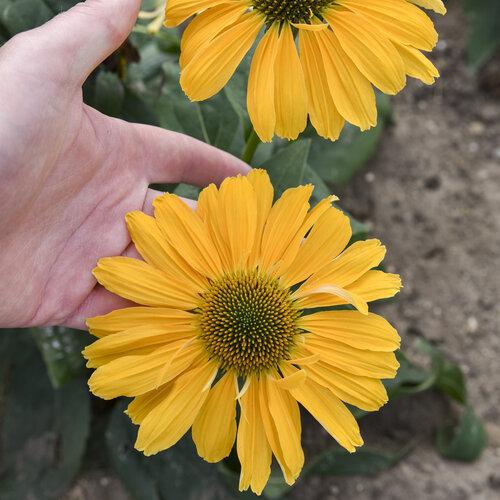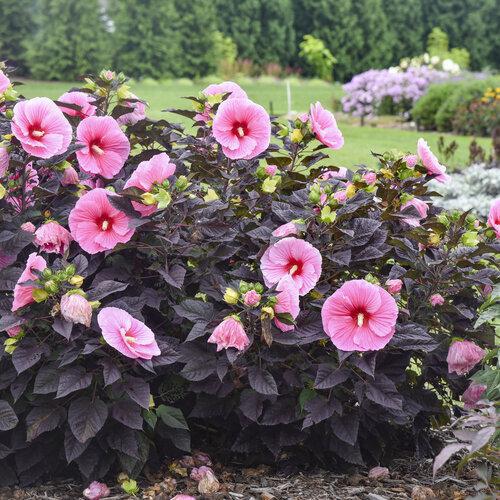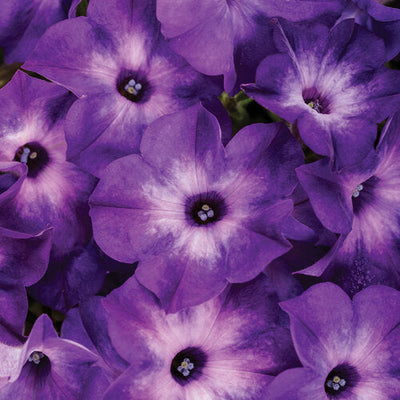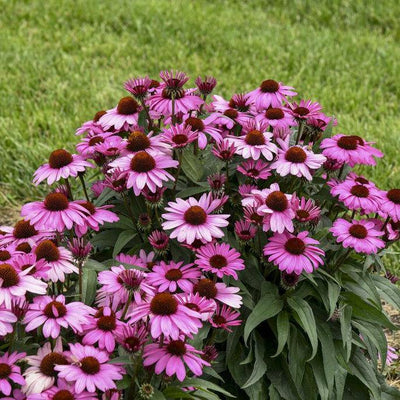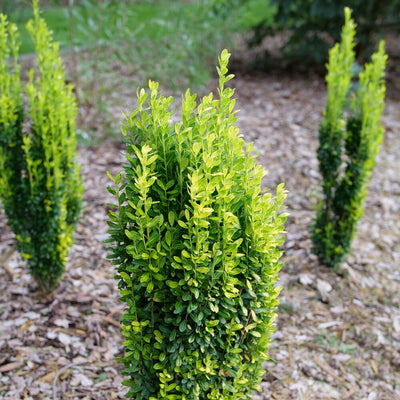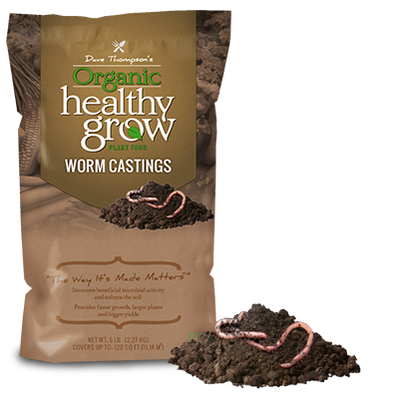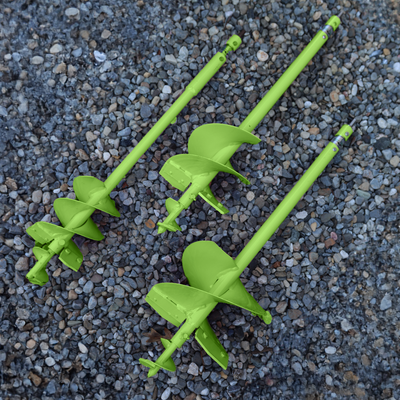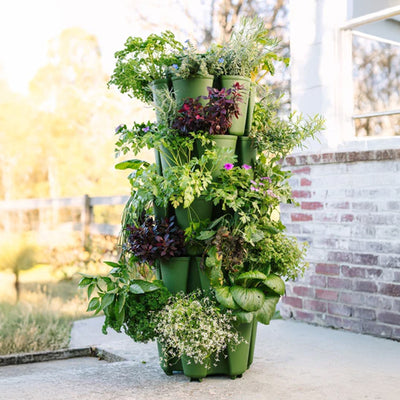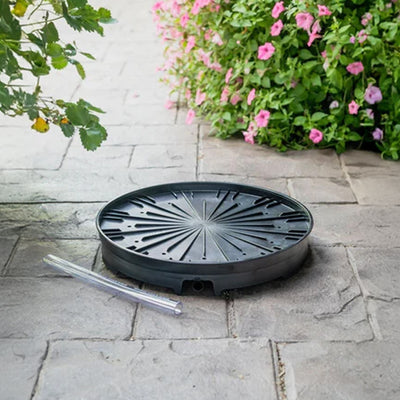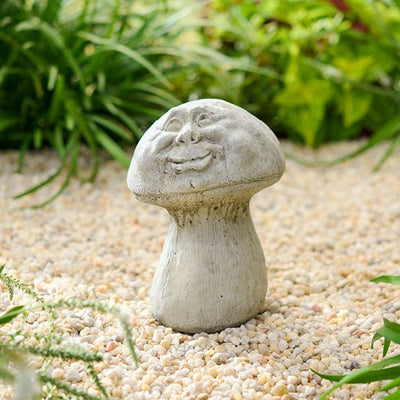Adding 4 Fabulous Trees to the Signature Garden
Video Transcript
Hey friends, welcome to Gardening with Creekside. We have got a fast and furious project that we are working on. We are going to do four trees here in the signature Garden, so it's a fast, furious four-planting. There you go, that's what we're doing today.
We've got four ornamental specimen trees that we're going to be adding to the signature Garden, not inside the parameters of the formal Garden, rather on the outline Gardens that will be developed as we progress through this fun venture. So what we're going to do is we've got two Red Buds we're going to plant, we've got a Japanese maple and a goo. These are going to give us various seasons of interest and excitement. Love it. Again, outside parameter of the garden.
Now one of these is the a Proven Winners tree, so Proven Winners has started within the last, I say couple of years, really trying to expand their lines of ornamental trees that they offer right now. I personally have found them a little bit challenging to find, but we were able to grab a Midnight Express Red Bud from actually two different nurseries, suppliers of ours had them, so we grabbed one of them for the signature Garden. Super excited about this, but of course, that red bud is the Midnight Express, given its name. We'll have those classic big massive heart-shaped leaves that are a beautiful deep burgundy purple color, hence the word midnight. It is going to be a little bit more sun-tolerant than some other dark-leafed Red Buds. Typically, I will say on a dark-leaf Red Bud, you're going to need afternoon shade.
We're actually going to put this bad boy where it is going to get full afternoon sun. Red Buds, of course, will give you beautiful early spring flowers, really kind of that vibrant purple-pink flowers that come directly off the stems of the tree. So it's right out of the bark, you get the flowers, and then from the flowers, then your foliage will appear. So we're going to do one of those, and in fact, Jackson is working on that right now because this is a fast and furious project. We've got Jerry is filming, Jackson is on the Machinery, Andrew is helping us, CeCe is helping us. We are trying to get these in the ground as quickly as we can just because of scheduling. It's not like wrong or happening; it's just scheduling.
Then we have another Red Bud that we are going to do, and of course, Brena's here. How could I ever forget her? She's just the cheerleader and the encourager around here. Give Rising Sun Red Bud you a little glimpse as to what Jackson's doing. I know Jerry's filming that. We'll show you all the good details on that, but yes. So the whole gang is here. Now the other Red Bud is still in the back of Jerry's new machine. This is the Rising Sun Red Bud. Now, clearly, it has already gone dormant. My Red Bud at the house has already lost all of its leaves as well.
The Rising Sun Red Bud gets its name from its colors. Obviously, it is a stunning tree, and it's going to be a little bit more petite and rounded, 6 to 10 by 6 to 10, so it has that kind of a rounded shape to it, but the colors on this thing are just phenomenal. You've got greens, you've got yellows, you've got oranges, you've got Reds. Jerry actually P planted a Rising Sun at his parents' house a couple of years ago, and this past spring early summer, holy moly, it was just stunning. So we're actually going to add that one here near the pond because we already have right here is a Jane Magnolia, which of course is another, it's a saler type Magnolia, and it does really nice, kind of a reddish not red-pinky red flowers in the spring. And then where Brena is, and you can see CeCe put her water bottle down for me, that is where the Rising Sun is going to go. It too will do lovely traditional Red Bud flowers for us. So you've got, say, the Red Bud, the Rising Sun here, and then of course, Jane is right here. So it still does, like I said, the absolutely stunning flowers in the spring. There you go.
Now they are getting, we're going to walk back over here, they are getting Midnight Express in the ground, so we're going to come over here and talk about placement of this sweet thing. At this point, I'm more trying to stay out of the way and just document what is happening. So let me show you what we're doing for the placement of the Midnight Express. This is the, this is Midnight Express, the nook. This is where if you've been following us along with us, this is where our sweet Alyssa, this is where her wedding ceremony is going to take place. Don't worry, there's a lot of, there's a lot of project going to be happening around right here, but Midnight Express is going to be just here to the left. We have tons of really mature tulip poppers. That is what you see all those silver trees, those large ones. All of those are tulip poppers. Midnight Express is going to be a little bit more upright than maybe some of the other Red Buds that we're used to, nice and upright, very columnar almost. So that dark, dark foliage against the silver of the poppers and everything else is going to be really, really nice. So we're trying to work here together. Now you will notice, if you've watched us for any length of time, you probably know that we have a ton of red clay. Well, what that is, is a lot of sand. So we've got, because we are right here at the creek bank, over the years, we've had a lot of wash that has come in, and so we have a lot of sand. Right, so it just is kind of that natural topsoil, very sandy right here. She is going to do just great. Of course, when they put it in, the biotone went in, coming back with the native soil and getting her all squared away. We will come back and top dress with some land and sea, but yeah, this is where when you own a nursery and you got some labor, comes in really, really handy with some projects. Love it. They're such great hard workers, sweet sweet boys, men, young men. All right, so we got this one in the ground, and then we'll probably do, um, Rising Sun. Rising Sun next.
All four trees have been planted, very fast and furious, but done properly, and they are in the ground. So let's recap of where they are, what they are, how they're doing, what we're going to do, how we're going to take care of them, all of the above. It feels really good to get these in the ground if you can't tell. I am just slightly excited about that. All right, here we go. We're going to start here at the pond with the Rising Sun. Rising sun there, of course, Jane Magnolia behind it, and it will be a great tree right here. It will bring lots of wonderful interest to this space. You will notice that we came back with land and sea so everybody has two bags of land and sea underneath them. Right off, behind there we have the Midnight Express, that too. So just, just imagine, right, you've got two Red Buds: You have Rising Sun and Midnight Express there on each side, basically of the meadow, and so that will, in the springtime, of course, give lots of good balance to this area with the blooms. And then for that Trio, if you want to include Jane Magnolia, they'll roughly be blooming about the same time because they're very early Bloomers. So from a design perspective, you've got three trees that are going to have similar colors and be blooming at the same time, and it is in that triangle shape right, um, which brings some nice balance and symmetry to this space and will make it, um, just very pleasing to the eye.
Then over here, we've got our Princeton Century GKO. Now, Princeton Century is a male cultivar. It is not female; it is male, meaning that it is sterile. It will not drop seeds, and it does not have an unpleasant fragrance to it because a lot of times the female Goos do have those kinds of pesky characteristics that people just find unpleasing in a garden. We certainly do not want to do that. This will get morning shade, afternoon sun. Your Goos need to have sun to have that beautiful yellow color to them. I have this exact tree in the backyard, and man, it was glorious a few weeks ago and just stunning. So the reason that we put it here, it is balanced between these two trees. We have, um, this is a maple, and then this is the Tulip popper, and then behind it, we have a, um, a holly tree. So just that native holly tree. That Holly Tree will stay here; we're going to clean out some of the underbrush back here to plant a privacy screen for that Nook for the wedding, and but this Holly is going to stay. So you'll always have a really nice lovely glossy dark green background behind it. Yes, it has got plenty of room to grow up. I know that the maple has some limbs coming down that will not be a problem; we can limb those up if we need to because they do have a little bit of a lower arcing habit on them. Once the trees leaf out come this spring summer, we can kind of gauge that, and if we need to limb them up just a little bit, we certainly can do that.
Genos, of course, are just iconic in the Garden; they have those classic leaves on them, beautiful shape, just lovely, lovely. Now these trees are not going to be on irrigation. Again, put two bags of land and sea around each one. They are not going to be on irrigation, simply because we don't have irrigation throughout the entire Garden. We have it in the more formal inner workings of the signature Garden but not on the perimeter Gardens. So what we will do is, if you remember when we planted our trees up at the chicken CP in the summer, I got those tree rings, and we will bring them over, probably tomorrow. I don't have a hose that's going to reach, so we'll hook up the water tank on the tractor, fill it up with water, bring it over, and then we will go ahead and get those tree rings filled up. Those rings are specifically for 15 Gallons so this is the perfect size, they have the mitts underneath them so that they drip the water. I think it takes like 4 to six hours to get rid, um, to empty those bags so that will be perfect, um, once if ever the, um, fall-winter, um, rains come then we don't have to worry about it. But we are incredibly dry; we're not getting good consistent water so we will put those rings on it because this is really important that we get good roots established now so that way in the summertime we're not as concerned about if they're getting consistent water.
Last but not least, we did a Japanese maple. I had a really fun time kind of researching this one. This is Aradne, and Aradne is behind me. It is hardy in zones 5 to 9, so with us being a 7B, it is going to be perfect as far as climate-wise. I don't have to worry about us being too hot, too humid. Aradne is going to do great. Now what's really fun is the colors on this Maple. Now yes, we are in mid-November, and she has started dropping a lot of her leaves, but this tree is going to give us a kaleidoscope of colors for three seasons, gorgeous stunning foliage that continually changes throughout the season. Now the reason that we put her here is because you can kind of see where like where the center of the garden is right, um, keep in mind that the sun comes up here so she will get her good six hours of Sun, but then it sets directly behind where I am; it will get in the shade in the afternoon probably starting around 2ish; um, it will start to get some shade which is exactly what this needs so that the leaves do not not Scorch. Notice that we left this guy, this girl, a little high right, you can see clearly see, um, Brena you're right in the way, come on out. We intentionally left the root ball a little bit High, uh, because for a couple of reasons one, this area tends to be a little bit wet, two, we have more red clay when we were closer to the creek with the Midnight Express, it was more sand, this is more clay-like so it means it's going to hold the water the reason that we leave that high is so that the plant does not get too much water around it, and we do not want it to rot, notice that it's up about an inch not a problem.
Then we're going to take that Land and Sea we've already kind of piled it around we'll take that land and sea and just butt it up against it we won't cover up the top of the root ball we will um, leave that root ball open up at the top so that it drains really well so if you're planting in clay soil or in an area that could St hold some water and be more on The Damp side make sure that you plant your trees shrubs a little bit High trust me there is tons of roots that are exposed to that soil and they will get lots and lots of water it is not too high if anything when people have that clay soil or wet areas they plant their shrubs trees too deep they pile on the native soil up on the top all the way up to the crown of the plant and then the plant drowns and rots don't want that so we have got four trees in the ground, uh, these were all 15 gallons, and right at an hour, that is the beautiful thing about an amazing team and Technology we got them in the ground they're very happy and I am a very happy Gardener they're going to give us gorgeous color throughout the growing season super excited about it cannot wait till the spring and see everybody start to shine so as always we hope you found this fun informative and inspirational hope y'all have a great day and as always thanks so much for GR with Creekside we'll see you in the next video bye friends.
Recent Posts
-
The Best Rabbit Resistant Plants For Your Garden
-
Creating Colorful Winter Beds in the Signature Garden
-
Explore the Hidden Beauty of the Privacy Berm in Winter
-
Proven Winners Signature Garden: What Lies Ahead in 2024?
-
Exciting New Preparations for 2024
-
Ask Jenny: How To Get Beautiful Camellia Blooms
-
Planting a Mixed Screen At the Signature Garden
-
My Top 10 All-Time Favorite Proven Winner Annuals
Related Products
Related Articles
